Unified Endpoint Management streamlines the administration and security of computers and mobile devices from a single platform, facilitating comprehensive control over hardware, software, and data access.
UEM offers businesses an integrated approach to manage and secure all endpoints. This solution combines the functionalities of different device management systems into a cohesive platform, making it easier for IT teams to monitor, manage, and secure various devices and ensure seamless integration within existing IT infrastructure. It reduces the complexities associated with managing diverse endpoints by providing automation, analytics, and robust security features.
What are the key features of UEM?In finance, UEM supports stringent regulatory compliance by providing detailed monitoring and reporting capabilities. The healthcare industry benefits from improved data security and management of both corporate and personally-owned devices, ensuring sensitive information is protected.
UEM assists organizations in maintaining a comprehensive approach to endpoint management, simplifying operations while ensuring security and improving overall IT efficiency.
| Product | Market Share (%) |
|---|---|
| Microsoft Intune | 32.6% |
| Workspace ONE UEM | 13.7% |
| ManageEngine Endpoint Central | 10.7% |
| Other | 43.0% |

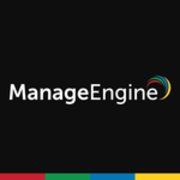


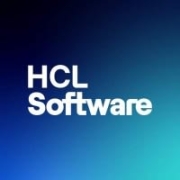



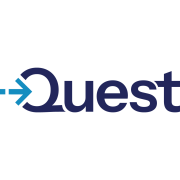
















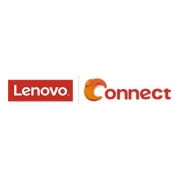
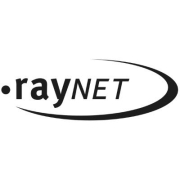







UEM enhances data security by centralizing the management of all endpoints, allowing you to implement consistent security policies across devices. This comprehensive approach enables real-time monitoring and swift response to suspicious activities. UEM solutions support encryption, secure network access control, and automated compliance checks, reducing your susceptibility to data breaches and helping you maintain regulatory compliance.
What are the benefits of integrating UEM with existing IT infrastructure?Integrating UEM with existing IT infrastructure optimizes resource allocation and enhances operational efficiency. You gain improved visibility over all enterprise devices, making it easier to manage and deploy updates. UEM’s compatibility with various platforms ensures seamless integration with current systems, reducing downtime and minimizing disruption. You also benefit from streamlined security protocols and reduced overall management costs.
Can UEM help in managing IoT devices?Yes, UEM significantly aids in managing IoT devices by providing a unified platform for monitoring and controlling a diverse range of connected endpoints. With UEM, you can enforce security policies, monitor device health, and ensure the connectivity and functionality of IoT devices. This consolidated management simplifies oversight and enhances security, reducing risks associated with IoT ecosystems.
How does UEM improve employee productivity?UEM improves employee productivity by enabling easy access to corporate resources across a variety of devices while maintaining security. By facilitating seamless device onboarding and providing efficient application management, UEM allows employees to work flexibly without technical hurdles. Instant support through remote troubleshooting minimizes downtime, keeping your team active and focused on crucial tasks.
Why is UEM critical for endpoint compliance management?UEM is critical for endpoint compliance management as it offers a centralized framework to enforce and monitor compliance policies across all devices. It automates auditing processes and generates reports, providing clear insights into compliance status. This proactive approach ensures that your organization adheres to industry regulations, preventing compliance violations and avoiding potential fines.